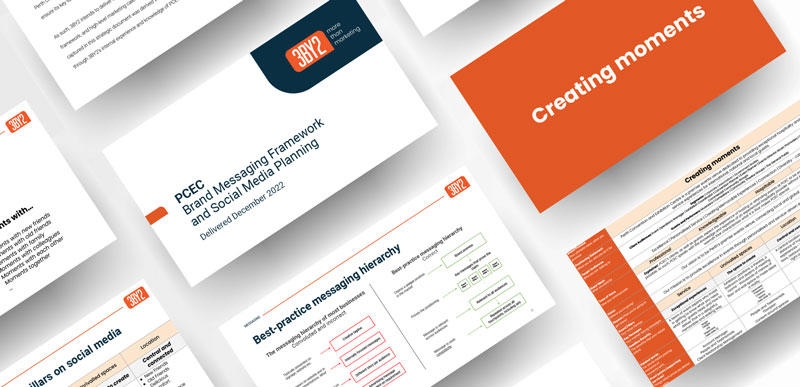In today’s digital age, social media has become a crucial part of any marketing strategy. With the ever-growing number of social media platforms, it can be challenging to know where to start or how to improve your social media presence. In this blog post, we will discuss five pro tips for a successful social media strategy that can help you effectively reach your target audience.
Define Your Social Media Goals and Objectives
- The first step to a successful social media strategy is to define your goals and objectives. What do you want to achieve with your social media presence? Do you want to increase brand awareness, drive traffic to your website, generate leads, or increase sales? Once you have identified your goals, you can develop a social media strategy that aligns with your business objectives. It’s essential to ensure that your goals are specific, measurable, achievable, relevant, and time-bound (SMART). For example, if your goal is to increase website traffic, you can set a specific target such as increasing website traffic by 20% in the next six months. This will help you track your progress and determine whether your social media strategy is effective or not.
Know Your Target Audience
- One of the essential factors in developing a successful social media strategy is knowing your target audience. You need to understand who your target audience is, what they like, what their interests are, and where they spend their time online. This information will help you create content that resonates with your audience and encourages engagement. To understand your target audience, you can conduct market research, analyze your website analytics, and use social media listening tools to monitor conversations around your brand and industry. This will help you identify the topics that your audience is interested in and the social media platforms they use the most.
Develop a Content Strategy
- Once you have identified your social media goals and target audience, the next step is to develop a content strategy. A content strategy outlines the type of content you will create, how often you will post, and the platforms you will use to distribute your content. Your content should be informative, engaging, and relevant to your target audience. When developing your content strategy, you should consider the type of content that performs well on each platform. For example, Instagram is a highly visual platform, so it’s essential to create visually appealing content such as images, videos, and infographics. On the other hand, Twitter is a text-based platform, so you should focus on creating concise and engaging text-based content.
Use Social Media Analytics
- Social media analytics can provide valuable insights into the performance of your social media strategy. It’s essential to regularly monitor your social media analytics to determine which content is resonating with your audience, which platforms are driving the most engagement, and how your social media presence is contributing to your business objectives. Social media platforms such as Facebook, Twitter, and LinkedIn offer built-in analytics tools that allow you to track your performance. You can also use third-party analytics tools such as Hootsuite, Sprout Social, and Google Analytics to get a more in-depth understanding of your social media performance.
Engage With Your Audience
- Engaging with your audience is essential for building relationships, increasing brand loyalty, and driving engagement on your social media platforms. You should respond to comments, messages, and mentions promptly and in a friendly and professional manner. This will show your audience that you value their opinions and are interested in their feedback. You can also encourage engagement by asking questions, running polls, and creating user-generated content campaigns. These tactics will help you create a sense of community around your brand and encourage your audience to engage with your content.
In conclusion, developing a successful social media strategy requires a thorough understanding of your business objectives, target audience, content strategy, social media analytics, and engagement tactics.




